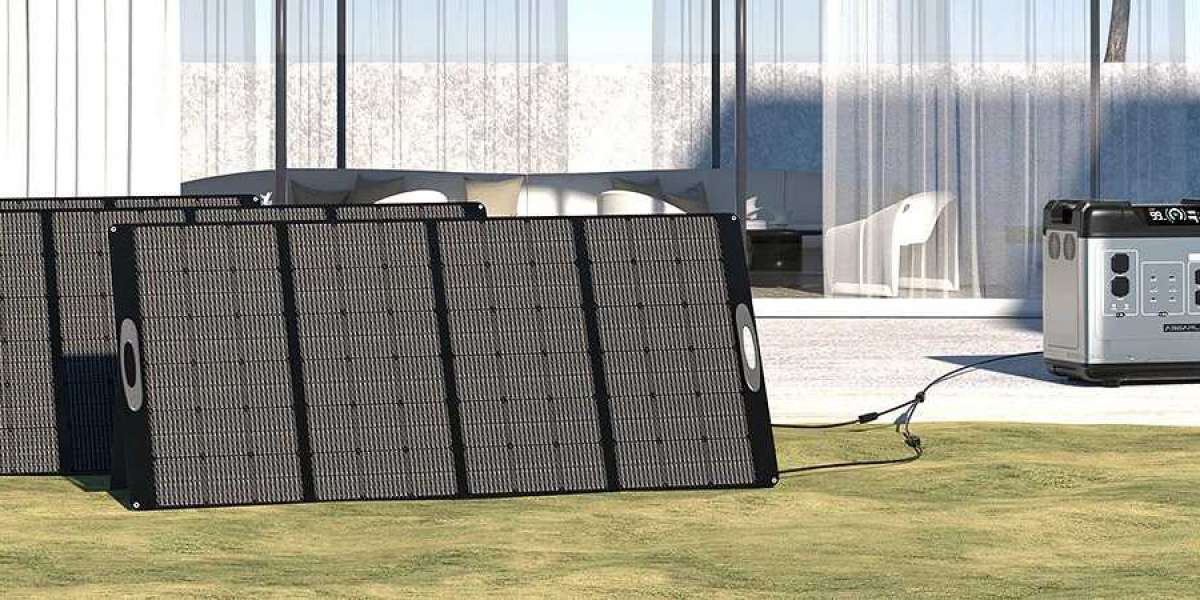Solar generators are a valuable investment for providing clean, renewable energy in various situations, from emergency power backup to off-grid living. Proper maintenance and care are essential to ensure that your solar generator operates efficiently and lasts for many years. This article provides a comprehensive guide on how to maintain and care for a solar generator.
1. Regularly Clean the Solar Panels
Why It Matters: Solar panels are responsible for converting sunlight into electrical energy. Dust, dirt, and debris can reduce their efficiency and performance.
How to Do It:
- Frequency: Clean the panels every few months or more often if you live in a dusty area.
- Method: Use a soft cloth or sponge with water and mild soap. Avoid abrasive materials or harsh chemicals.
- Procedure: Gently wipe the panels and rinse with clean water. Ensure that the panels are cool before cleaning to avoid damage.
2. Check and Maintain Battery Health
Why It Matters: The battery stores the energy generated by the solar panels. Proper maintenance ensures that the battery remains in good condition and performs optimally.
How to Do It:
- Regular Inspections: Check the battery for any signs of damage, swelling, or leakage. Ensure that the connections are clean and secure.
- Battery Level: Monitor the battery charge level using the generator’s display or app. Avoid letting the battery completely discharge.
- Charging: Follow the manufacturer’s guidelines for charging to prevent overcharging or undercharging.
3. Inspect and Maintain Connections and Cables
Why It Matters: Proper connections and cables ensure efficient energy transfer and prevent power loss or potential hazards.
How to Do It:
- Routine Checks: Inspect cables and connectors for wear, fraying, or corrosion. Ensure all connections are tight and secure.
- Cleaning: Wipe connectors with a dry cloth to remove dust and dirt. Avoid using liquids that could cause corrosion.
4. Keep the Generator in a Safe and Suitable Location
Why It Matters: The location of the solar generator affects its performance and longevity. Extreme temperatures, moisture, and physical damage can impact its operation.
How to Do It:
- Environment: Store the generator in a dry, cool place. Avoid exposing it to extreme temperatures or direct sunlight for extended periods.
- Protection: Use covers or cases to protect the generator from dust, moisture, and physical damage.
5. Update Firmware and Software
Why It Matters: Many modern solar generators come with software or firmware that can be updated to improve performance and add features.
How to Do It:
- Check for Updates: Regularly check the manufacturer’s website or app for firmware or software updates.
- Installation: Follow the manufacturer’s instructions to install updates. This may involve connecting the generator to a computer or using an app.
6. Perform Regular System Checks
Why It Matters: Regular system checks help identify potential issues before they become major problems.
How to Do It:
- Diagnostic Tests: Use any built-in diagnostic tools or apps provided by the manufacturer to check system performance and health.
- Operational Testing: Periodically test the generator to ensure it operates correctly and efficiently. Run the generator and monitor its performance under various conditions.
7. Follow Manufacturer’s Guidelines
Why It Matters: Each solar generator model may have specific maintenance and care requirements.
How to Do It:
- Manual: Review the user manual for specific maintenance recommendations and safety instructions.
- Support: Contact the manufacturer’s customer support if you have questions or encounter issues that are not covered in the manual.
8. Ensure Proper Ventilation
Why It Matters: Adequate ventilation is important for cooling the solar generator and preventing overheating.
How to Do It:
- Placement: Ensure that the generator is placed in a well-ventilated area. Avoid blocking air vents or placing the generator in enclosed spaces.
9. Store Properly When Not in Use
Why It Matters: Proper storage helps prevent deterioration and ensures that the generator is ready for use when needed.
How to Do It:
- Storage Location: Store the generator in a cool, dry place when not in use.
- Preparation: If storing for extended periods, make sure the battery is fully charged and follow the manufacturer’s recommendations for long-term storage.
Conclusion
Maintaining and caring for a solar generator is essential for ensuring its longevity and optimal performance. Regular cleaning, battery maintenance, and careful storage are key practices that will keep your solar generator in excellent condition. By following these guidelines and adhering to the manufacturer’s recommendations, you can enjoy the benefits of your solar generator for many years to come. Proper care not only enhances the efficiency of your generator but also ensures that you are always prepared for any power needs that arise.








